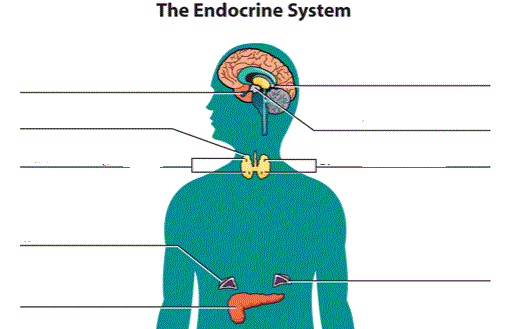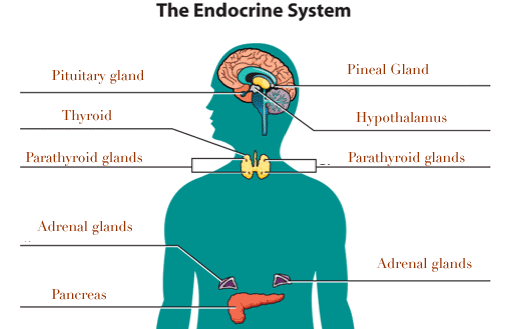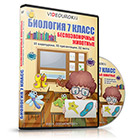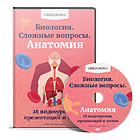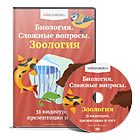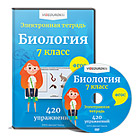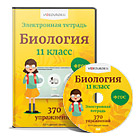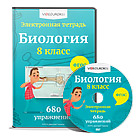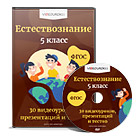is to study structure and functions of the endocrine system. The hypothalamus is a part of the brainstem that contains a number of small nuclei with a variety of functions. The hypothalamus is located below the thalamus, just above the brainstem.
Создайте Ваш сайт учителя Видеоуроки Олимпиады Вебинары для учителей
Subject: the anatomy. Topic: Humoral regulation system
Вы уже знаете о суперспособностях современного учителя?
Тратить минимум сил на подготовку и проведение уроков.
Быстро и объективно проверять знания учащихся.
Сделать изучение нового материала максимально понятным.
Избавить себя от подбора заданий и их проверки после уроков.
Наладить дисциплину на своих уроках.
Получить возможность работать творчески.
Просмотр содержимого документа
«Subject: the anatomy. Topic: Humoral regulation system»
Полезное для учителя
Распродажа видеоуроков!
2050 руб.
2930 руб.
2050 руб.
2930 руб.
2000 руб.
2860 руб.
2050 руб.
2930 руб.
ПОЛУЧИТЕ СВИДЕТЕЛЬСТВО МГНОВЕННО
* Свидетельство о публикации выдается БЕСПЛАТНО, СРАЗУ же после добавления Вами Вашей работы на сайт
Удобный поиск материалов для учителей
Проверка свидетельства
